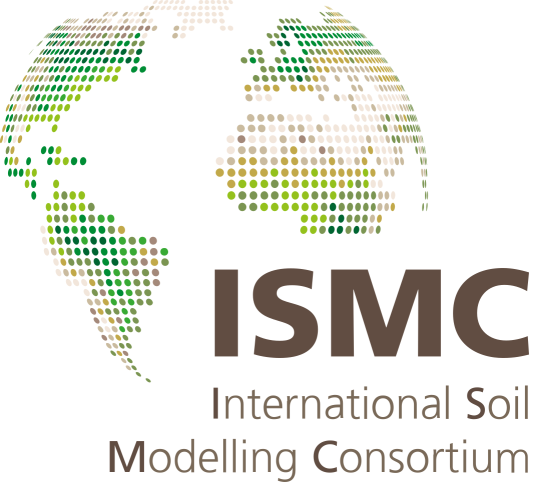Soil organic matter dominates the magnitude of porosity and bulk density in temperate soils, with important implications for land surface models
- 1Centre for Ecology and Hydrology Bangor, Environment Centre Wales, Bangor, Gwynedd, United Kingdom of Great Britain – England, Scotland, Wales (athomas@ceh.ac.uk)
- 2Centre for Ecology and Hydrology Lancaster, Lancaster Environment Centre Library Avenue, Lancaster LA1 4AP
Soil porosity controls the flow of mass and energy through soil, and thus plays a fundamental role in regulating hydrological and biochemical cycling at the land surface. Global land surface and earth system models commonly derive porosity from soil texture using pedotransfer functions. This does not allow for response to change in environment or management, or potentially important climate feedbacks. Furthermore, the approach does not fully represent the baseline spatial variation in this important soil property. Here we show that porosity, and bulk density (BD), depend on SOM in temperate soils, using two comprehensive national data sets, covering the full range of soil organic matter (SOM) (n=1385 & n=2570). Our novel use of analytical models with machine learning (ML) algorithms opens up new physical insight into controls on porosity and BD, while generalized additive mixed models (GAMMs) provide further insights and opportunities for prediction. Our models allow us to consider influence of management on soil compaction and recent observations that soil porosity responds to climate change. The dependence of soil porosity on SOM, more so than texture, indicates the need for a paradigm shift in the conceptualization and modelling of these soil physical properties. Broad habitat was also an important control, and explained some of the variance in the relationship between SOM and porosity. This highlights that changes in soil porosity may occur due to land use or climate change, and will create feedbacks to hydrological and biogeochemical cycling which should be represented in Global land surface models. This will also be important for other pedotransfer functions, e.g. the use of BD to determine carbon stock from concentration. In addition, we found opportunities for improved representation of the spatial pattern of porosity, even in the absence of measured data on SOM, based on climate and earth observation data.
How to cite: Thomas, A., Seaton, F., Cosby, J., Emmett, B., Reinsch, S., Feeney, C., Lebron, I., Smart, S., Wood, C., Maskell, L., and Robinson, D.: Soil organic matter dominates the magnitude of porosity and bulk density in temperate soils, with important implications for land surface models, 3rd ISMC Conference ─ Advances in Modeling Soil Systems, online, 18–22 May 2021, ISMC2021-51, https://doi.org/10.5194/ismc2021-51, 2021.

